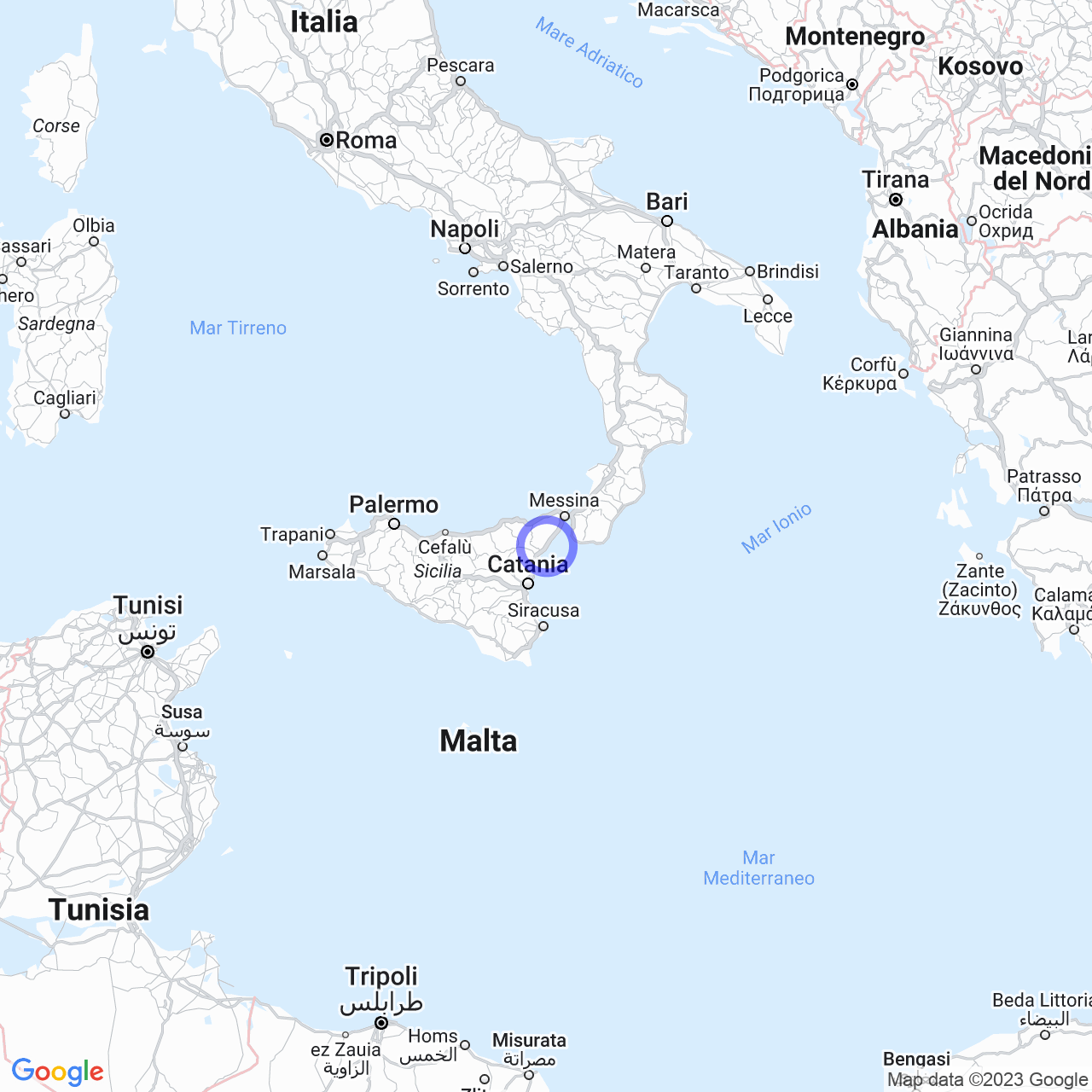Letojanni
Welcome to Letojanni
If you are looking for a seaside town in Sicily, Letojanni may be the right destination for you. With its 2,853 inhabitants, it is located in the tourist area of Taormina, between the promontories of S. Alessio and S. Andrea, 5 meters above sea level, on the Ionian side of the Peloritani mountains. Letojanni is 43 km southwest of Messina and 50 km northeast of Catania and is the perfect place for those seeking peace and relaxation by the sea.
The History of Letojanni
The history of Letojanni dates back to Roman times, when the Valeria Consular road was built there by the Roman Consul Valerio. However, the lack of a fortified defensive system caused the original site to disappear. Until the first half of the seventeenth century, the coastal area of Letojanni was part of Taormina and the current Forza d'Agrò. In 1634, the territory was separated from Taormina and sold by the Royal Court to Donna Francesca Porzio, wife of Don Francesco Reitano, who was awarded the title of Marquise of Gallidoro in 1637. The new Marquisate of Gallidoro included the stretch of coastline below, the current Municipality of Letojanni. Over the centuries, Letojanni has experienced moments of great splendor and moments of difficulty, including the confiscation of the Reitano family's assets in 1677, after the family had supported the French in the anti-Spanish revolt in Messina. In the eighteenth century, the town of Letojanni consisted of a few houses and a small church and the ancient Baglio Tower.

The Development of Letojanni
With the abolition of feudalism (1812) and the establishment of the Municipalities, which took place in 1816, Gallodoro became an autonomous Municipality and Letojanni remained subject to the hill center. However, the development of the urban center of Letojanni was considerable from 1820 and from 1866, with the respectively passage of the coastal road and the railway that, conveniently connecting Messina and Catania, favored its commerce. In this phase, many inhabitants of the surrounding villages wanted to move to this location.
What to See in Letojanni
What to see in Letojanni? Although the town is small, there are some attractions worth visiting. First of all, the Reitano Palace, built around 1650 by Marquis Francesco Reitano, which was enlarged and renovated in the eighteenth century. Then there is the Church of the Glorious Patriarch Saint Joseph, located in the maritime part of the Terra di Galli Aurej (Gallodoro) called Letum Joannis (Letojanni). Dating back to the eighteenth century, it was rebuilt in 1875 after being destroyed by a fire. Finally, there is the Baglio Tower, which served in the past to spot possible enemy incursions.
The Sea of Letojanni
But the real treasure of Letojanni is its sea. With its 5 meters above sea level, here you can relax on the beach or take a dip in the crystal-clear waters of the Ionian Sea. The bay of Letojanni is wide and protected by promontories that make it perfect for swimming, snorkeling, or simply sunbathing. If you love water sports, you can also try windsurfing or kitesurfing. The beach of Letojanni is fully equipped with umbrellas and sunbeds, but you can also opt for the free sections.
What to Eat in Letojanni
At the end of a day at the beach, what could be better than a dinner in a local restaurant? In Letojanni, you can find many restaurants serving Sicilian cuisine, including pasta alla norma, sardines a beccafico, cannoli, and ice cream. Additionally, you can taste the fresh fish caught in the bay's waters. During the summer, there are also several festivals where you can taste local products such as Letojanni sausage or red shrimp.
Conclusion
In summary, Letojanni is a small corner of paradise in Sicily. Between history, sea, nature, and food, it offers a complete tourist experience for those seeking peace and natural beauty. We are sure that you will not regret it if you decide to visit Letojanni.
